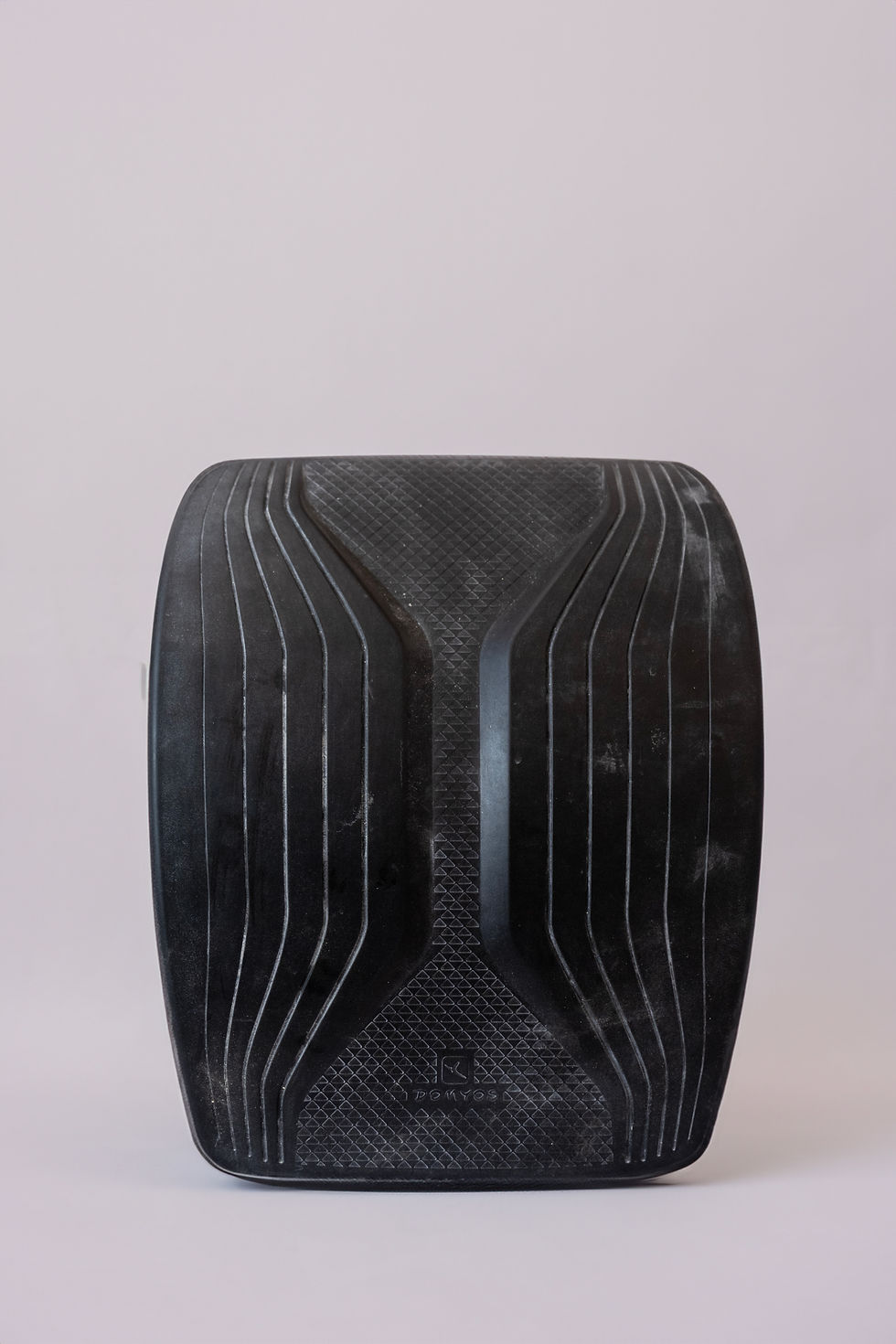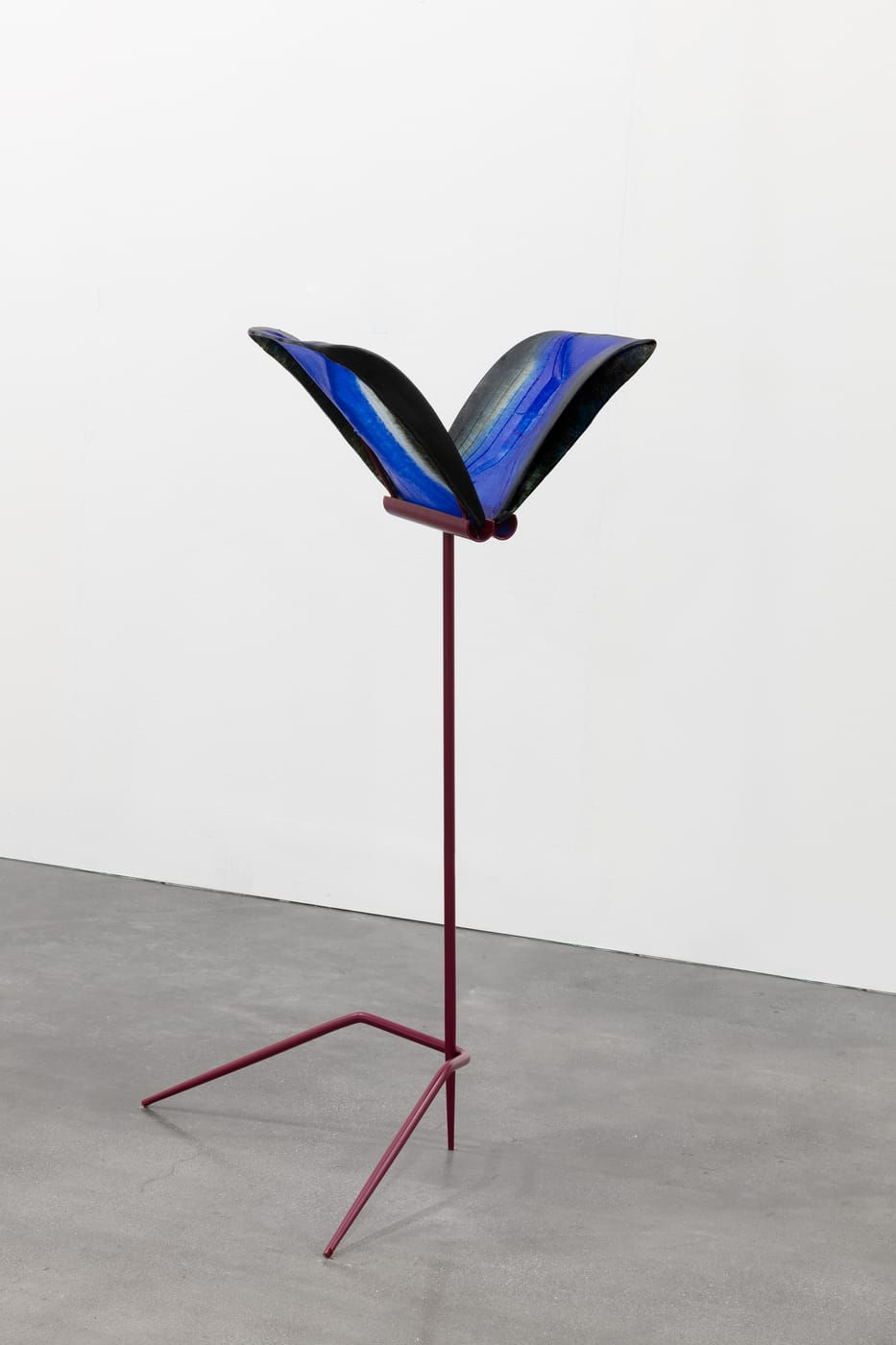With the main part of collection over, I think it may be important to revisit my approach to the archive and why I made the decisions to collect the material in the manner I did. From the very beginning, I aimed to capture not just the tangible work, but also the essence of Belén Uriel’s creative process—the flow of ideas, the subtle shifts in thought, and the progression from concept to execution.

The decision to focus on documenting the artist's way of thinking stemmed from a belief that art is more than its finished form. From journal entries, rough sketches, and even the studio objects were crucial pieces of the narrative. This is where the raw, unpolished moments live, where the artist wrestles with ideas, struggles with form, and seeks clarity. These items were not mere artifacts—they were extensions of Belén’s creative mind, revealing her relationship with the world, and how in return she shaped this relationship in her work. This is the heart of what the archive should represent—not just a collection of completed works, but a living history of her creative journey.

By organizing the archive in this way, I hoped to provide future researchers and artists with a deeper understanding of her mindset and methodology.
How did she think?
What influenced her choices at different stages?
These questions are as important as the artworks themselves because they provide a window into the mind of someone whose process was as layered and dynamic as her final pieces.

When in doubt, I would come back to the foundational saying of- “It’s her world, help translate it.” My role was not to impose my own narrative on her work but to facilitate an honest and nuanced translation of her creative mind. I wanted the archive to serve as a bridge—one where the process is as much a part of the story as the final product. This is the heart of what the archive should represent—not just a collection of completed works, but a living history of her creative journey.


Comments